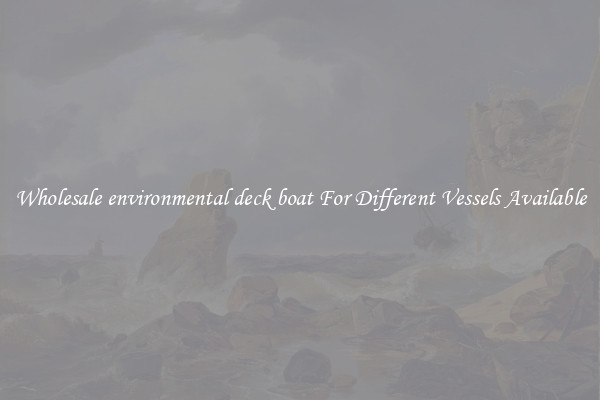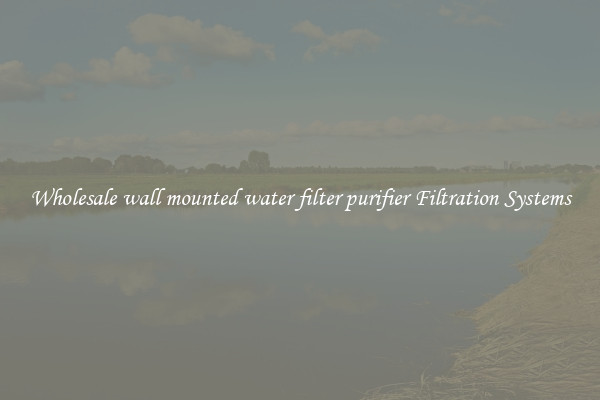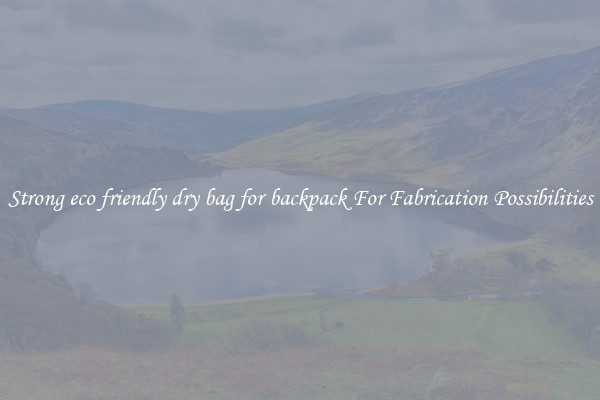Safely Designed environmental science water For Fun And Learning
Water is a precious resource that is essential for all living beings on Earth. It plays a vital role in our daily lives, from drinking to cooking, cleaning, and even recreation. With the increasing importance of environmental science education, it is crucial for children to develop an understanding and appreciation of water and its significance. To make learning about water enjoyable yet safe, educators have turned to designing fun and interactive environmental science water activities.
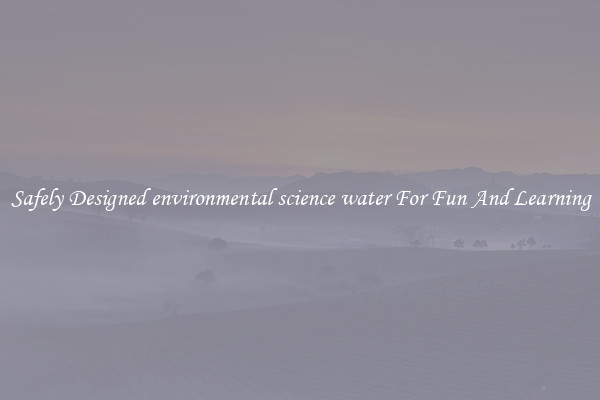
One popular activity is the water cycle experiment. This experiment allows children to learn about the different stages of the water cycle – evaporation, condensation, and precipitation – through hands-on exploration. By observing these processes in a controlled environment, children can gain a better understanding of how water moves and changes form in nature.
Another engaging activity is water filtration. With this experiment, children are encouraged to think critically about water pollution and how it can be addressed. By constructing their own filtration systems using everyday materials, such as sand, gravel, and activated charcoal, children can explore the concept of purifying water and the essential role it plays in keeping our environment clean.
For younger children, sensory water play can be a great way to introduce them to the properties of water. By providing various containers, sponges, and water toys, children can discover how water can flow, change shape, and even create bubbles. This sensory experience not only stimulates their imagination but also helps them grasp basic scientific concepts, such as volume and buoyancy.
To ensure the safety of these fun learning activities, it is crucial to design them with appropriate precautions. First and foremost, adult supervision is essential during any water-related activity, especially when children are near large bodies of water. Additionally, providing children with proper safety equipment, such as life jackets or goggles, can help prevent accidents and ensure their well-being.
Furthermore, it is essential to use clean and potable water when conducting experiments or sensory play. This can be achieved by using filtered or distilled water, which removes any potential chemical or biological contaminants that may be present in tap water. Prioritizing water safety ensures that children are not exposed to harmful substances while having fun and learning about this valuable resource.
In conclusion, designing safely structured environmental science water activities allows children to engage in fun and interactive learning experiences. Whether through experiments, sensory play, or filtration projects, children can develop a deeper understanding and appreciation for the significance of water in their lives. However, it is important to prioritize safety by providing adult supervision, using clean water, and ensuring the availability of proper safety equipment. By striking a balance between enjoyment and caution, these activities can foster a lifelong interest in environmental science and the protection of our water resources.

View details

View details

View details
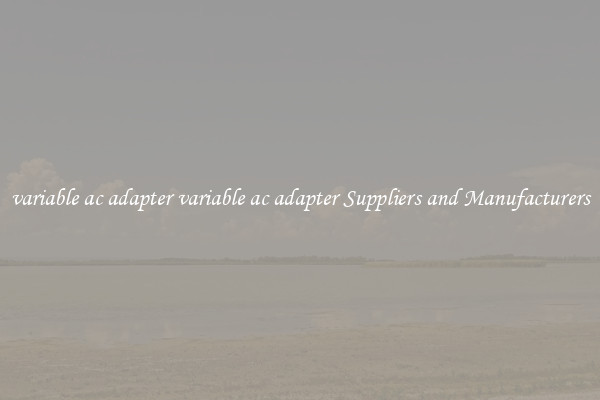
View details

